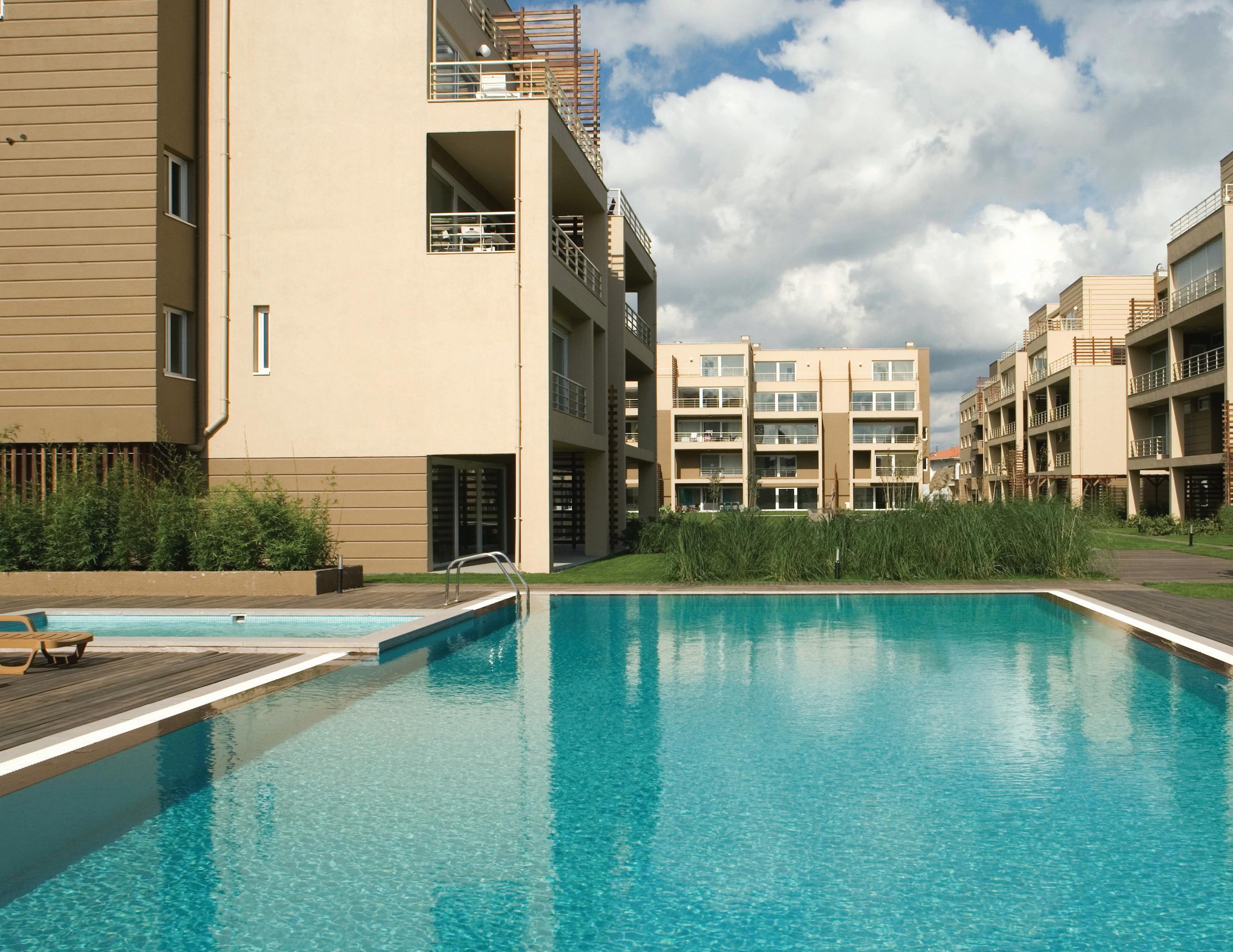
3 minute read
Dressing up your balcony
INCREASED DAYLIGHT HOURS AND THE PROMISE OF FLOWERS IN BLOOM MEANS SPRING IS A GREAT TIME TO REBIRTH YOUR BALCONY INTO A BEAUTIFUL GARDEN SPACE.
Balconies are a fantastic way for strata residents to enjoy alfresco dining.
Advertisement
You know the type, that balcony that could have been styled straight out of a magazine. How inviting does it look when there’s plants, maybe a little table and chair… a little outdoor oasis and an extension of the home? Having the space to sit outside like to watch the world go by is a beautiful way to spend your time relaxing and enjoying the outdoors.
But the satisfaction you could gain from spending time in your private outdoor space can be compromised if your balcony or courtyard is merely a concrete or paved block, devoid of any personality or styling.
With limited space for storage and artwork, your options can be limited. However, the easiest and most convenient way to create an outdoor zone that works as a beautiful extension of your indoor living quarters is to spruce up your balcony garden space.
According to House Beautiful magazine, whilst weather, climate and a lack of privacy are issues likely to challenge would-be balcony garden designers, following a strict set of rules can lessen their impact. The first “golden rule” the magazine suggests is to make sure that you think about your watering regime prior to putting in place any plants.
Bear in mind you will need to rely on watering cans to keep your plants refreshed, unless it’s a courtyard, so you’ll need to consider how many watering can trips you are happy to do to reach your balcony and hydrate your plants. If space permits, it’s best to think of your balcony or just like an outside room, the magazine says. “Use pots or decorations to create a sitting area. And, just like indoors, decorate the walls, think about lighting and accessorise with a good strong look in mind.”
Select pots and planters that reflect your interior design, considering your internal colour palette, since your outdoor area is important too. Purchase or make some balcony planters or plant stands and think about incorporating different heights to vary the effect of your different plantings. Safety is also a big issue requiring consideration, it says. “The main issues are things falling off, making sure drainage is good and not putting too much weight on your balcony.” If in doubt, it’s always a good idea to ask for professional advice from your strata community manager.
It’s also important to ensure you work with the conditions you are facing. Most Australian balconies are either in full sun or partial shade and wind can be an issue. If your balcony is in full sun check your by-laws, or your manager, if you can bring in some shading so you can regularly utilise your balcony space rather than hiding inside to escape the intense heat.
If you live in an area susceptible to winds, you will need to try creating windbreaks.

Screen it off ugly views with plants and trellis
Likewise, if your balcony has an unappealing view that overlooks a carpark, the development’s storage area, another building or other less than desirable obstructions, you may like to screen it off with plants and trellis,” the magazine recommends. But it’s not just your balcony floor that you can decorate with flower pots or ornaments. Your side walls also provide a good canvas to dress up with trellis with climbing plant species or vertical gardens.
A variety of lush, cascading plants are the way to go if you are limited for space. Upright plants such as reeds take up less room and are a great option for screening. But by far the most important ingredient in staging your balcony garden is to offer it regular attention, the magazine says. “There is no sight so sad in the gardening world as a neglected balcony.

Add some colour with flowering plants
Even if it's just 10 minutes a week, make time to go out there, sweep, water and generally spruce it up. It will make all the difference.”
If your outdoor balcony or courtyard is as appealing and comfortable as your indoor living spaces, you’ll be more likely to spend quality time outdoors.








